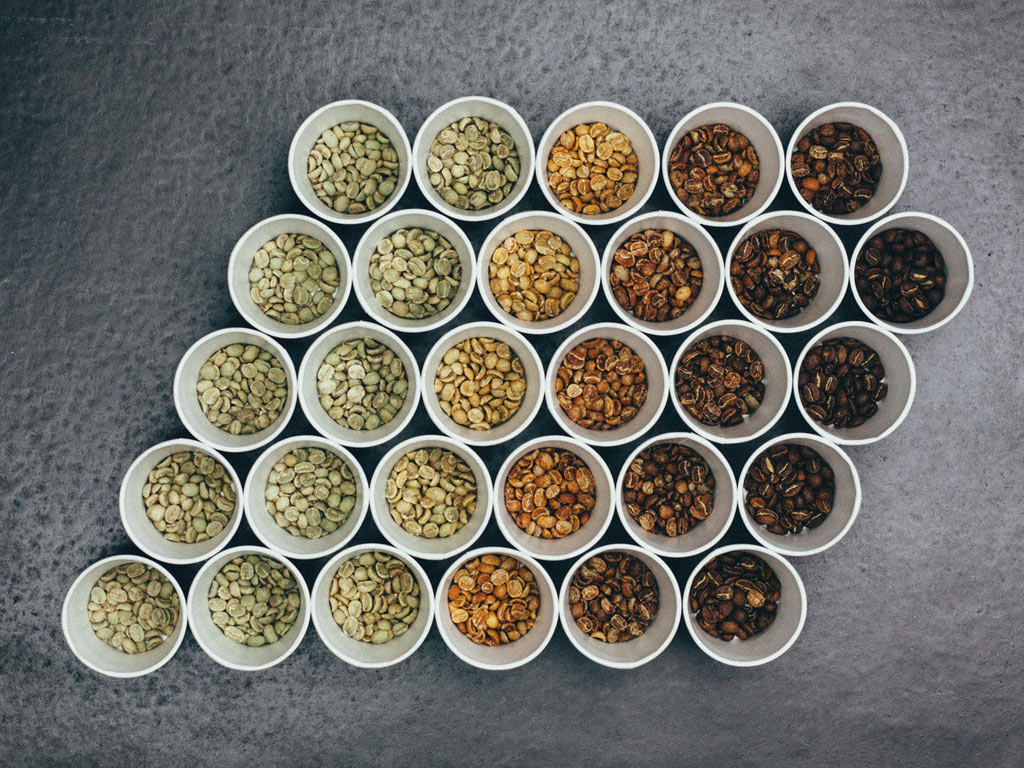Shopping Bag
0
- No products in the cart.

Taste Coffee like a Pro with these easy steps:
1 – Buy two very different coffees (e.g. Geisha & Caturra). The comparative part of tasting is vitally important. If you taste just one coffee at a time you have nothing to compare it with and you are basing your judgements on your memories of previous coffees, which are likely to be patchy, flawed and inaccurate.
2 – Buy two small French presses , as small as you can get, and brew two small cups of coffee. You could obviously do this with bigger presses and bigger cups, but this way will prevent excess waste or drinking too much coffee.
3 – Let the coffee cool a little bit. It is much easier to discern flavours in warm rather than hot coffee.
4 – Start to taste them alternately. Take a couple of sips of one coffee before moving on to the other. Start to think about how the coffees taste compared to each other. Without a point of reference, this is incredibly difficult.
5 – Focus on textures first, thinking about the mouthfeel of the two coffees. Does one feel heavier as having ‘ripe apple’ notes also communicates expectations of sweetness and acidity. If you do identify individual flavours, note them down. If not, then don’t worry. Any words or phrases that describe what you are tasting qualify as being useful, whether they are random words or specific flavours.
6 – Don’t worry about flavours. Flavours are the most intimidating part of tasting, as well as the most frustrating. Roasters use flavours not only to describe particular notes – such as ‘nutty’ or ‘floral’ – but also to convey a wide range of sensations. For example, describing a coffee as having ‘ripe apple’ notes also communicates expectations of sweetness and acidity. If you do identify individual flavours, note them down. If not, then don’t worry. Any words or phrases that describe what you are tasting qualify as being useful, whether they are random words or specific flavours.
7 – When you have finished, compare what you have written down with the roaster’s description on the packet. Can you see now what they are trying to communicate about the coffee? Often on reading the label your frustration will be relieved as you find the word to describe what you tasted. It can suddenly seem so obvious and this is part of building a coffee-specific vocabulary of flavours. Describing coffee gets easier and easier, though this is something even industry veterans still work on.
Free Shipping On All Orders $200+ |
